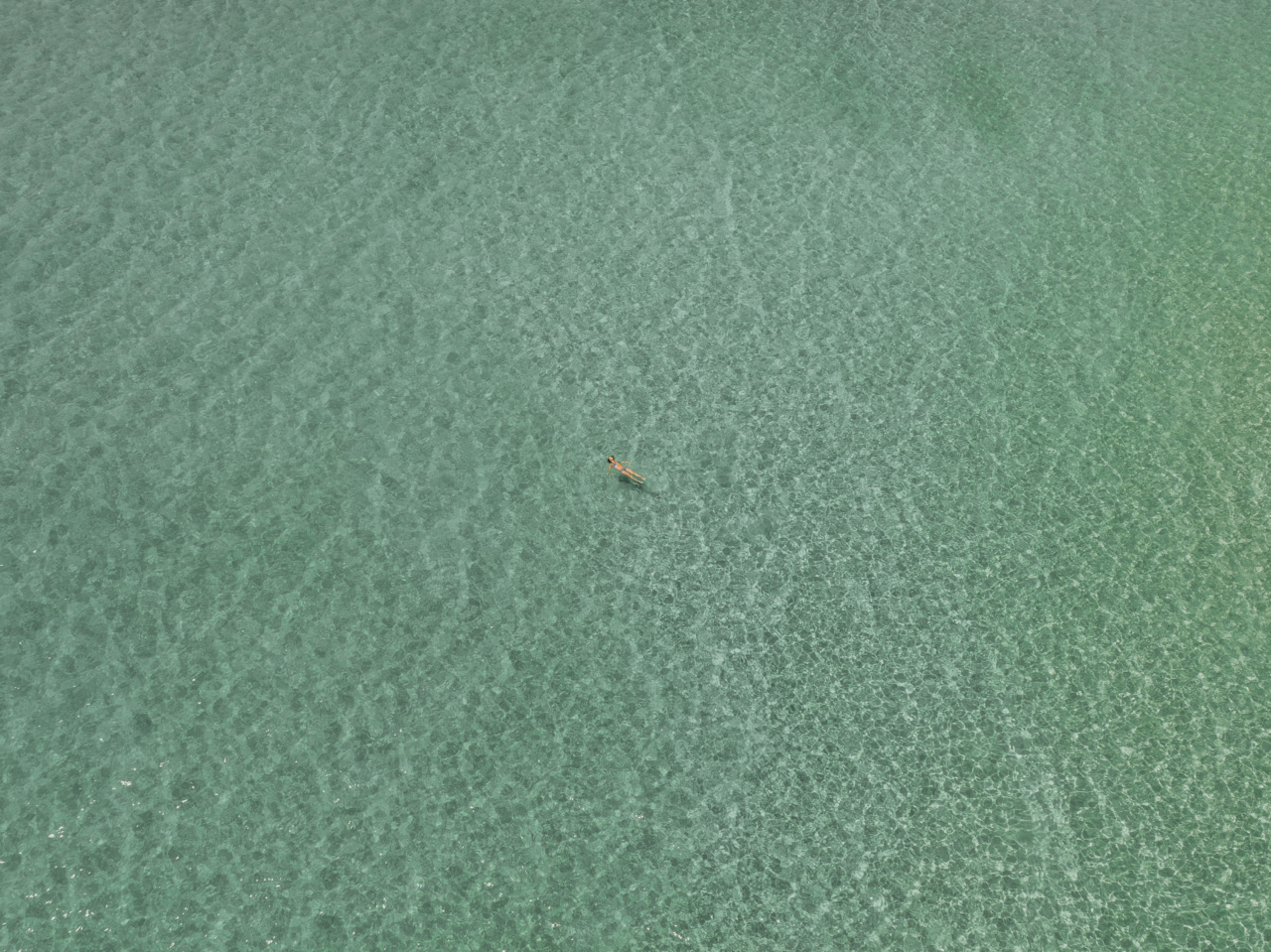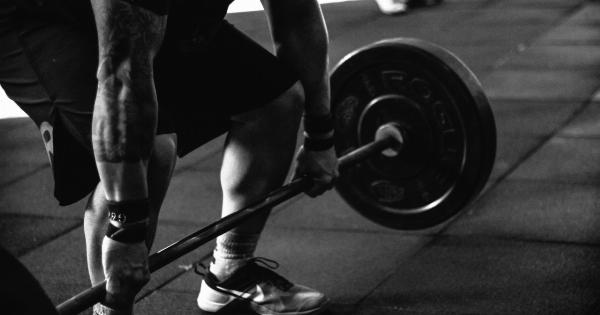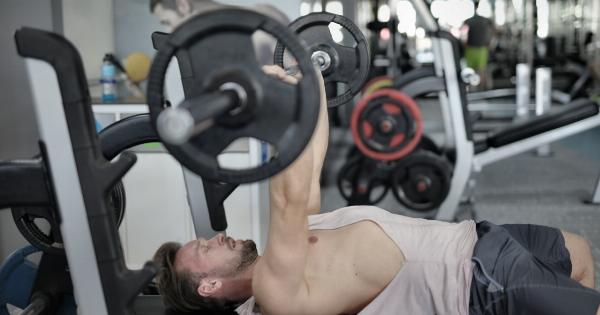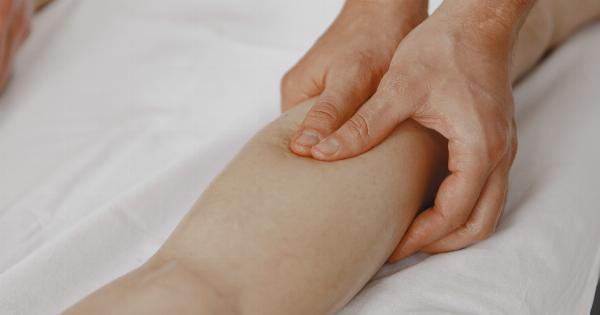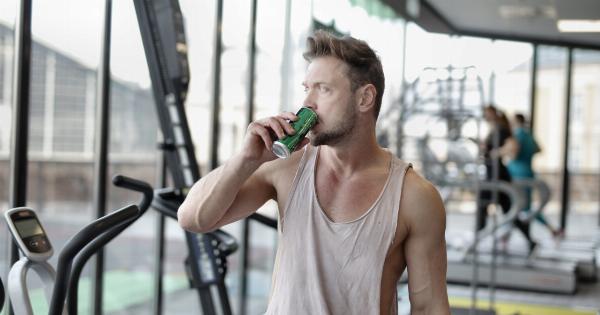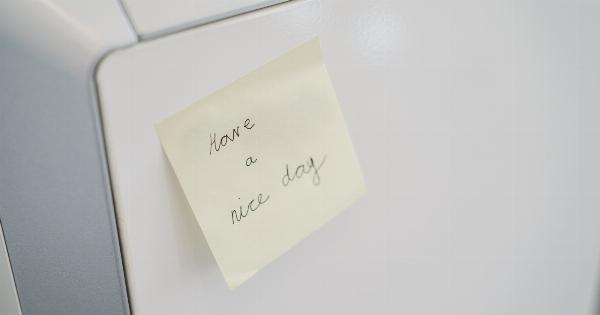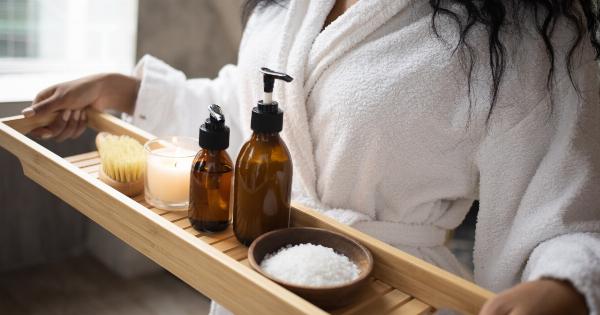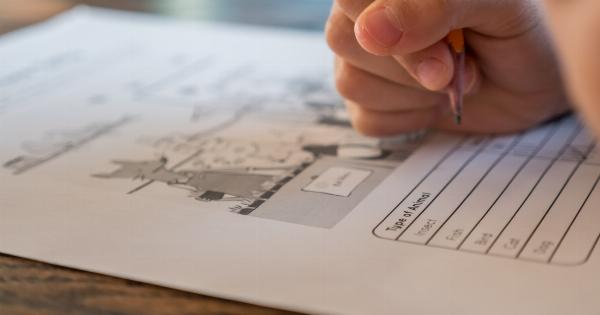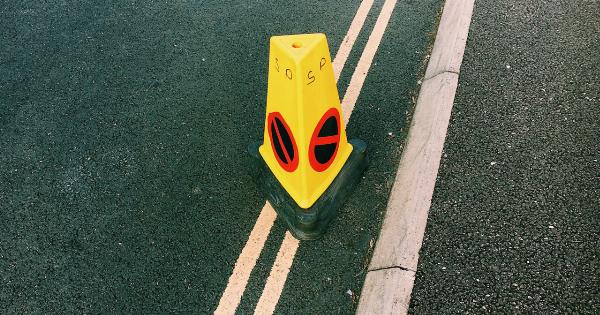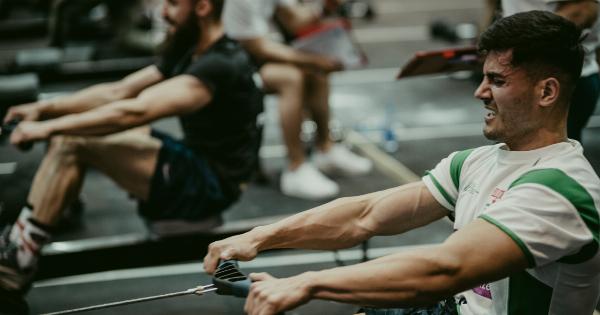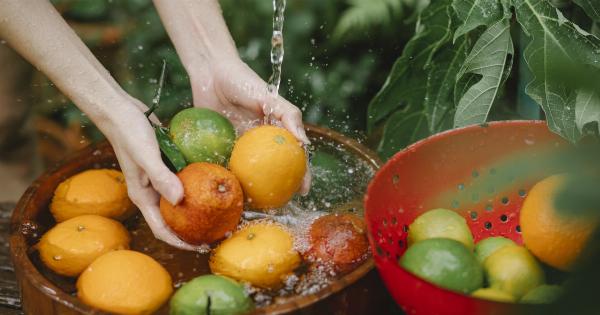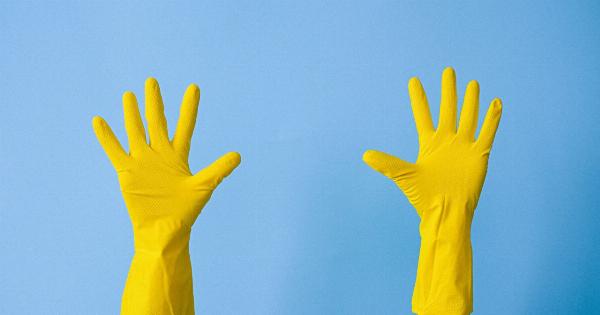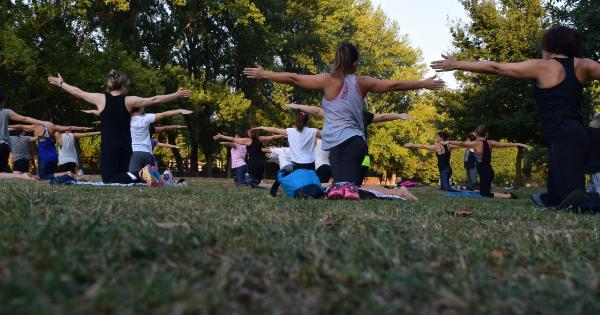Swimming is a popular form of exercise and recreation, but sometimes it can be hindered by the onset of cramps. Cramps are sudden, involuntary muscle contractions that cause pain and discomfort.
They can occur in any muscle, and swimmers are particularly susceptible to experiencing cramps due to various factors such as dehydration, muscle fatigue, or improper technique. In this article, we will discuss effective ways to avoid and treat swimming cramps to ensure an enjoyable and pain-free swimming experience.
1. Stay Hydrated
Dehydration is one of the leading causes of muscle cramps, including swimming cramps. When swimming, our bodies lose water through sweat, which can lead to electrolyte imbalances and muscle contractions.
It is crucial to drink plenty of water before, during, and after swimming to maintain proper hydration levels. Sports drinks that contain electrolytes can also be beneficial in replenishing lost minerals.
2. Warm Up and Stretch
Before diving into the pool, it is essential to warm up your muscles to prevent cramping. Engaging in light cardio exercises such as jogging or brisk walking can increase blood flow and prepare your muscles for swimming.
Additionally, incorporate stretching exercises that target the muscles you will be using while swimming. Stretching helps improve flexibility and reduce the likelihood of cramps.
3. Improve Your Technique
Swimming with improper technique can put unnecessary strain on your muscles, increasing the risk of cramping. It is recommended to take swimming lessons or work with a qualified coach to learn the correct strokes and breathing techniques.
Efficient and proper technique will help distribute the workload more evenly across different muscle groups, reducing the chances of cramping.
4. Maintain a Balanced Diet
Your diet plays a crucial role in preventing muscle cramps while swimming. Ensure that you consume a well-balanced diet that includes an adequate amount of potassium, calcium, magnesium, and sodium.
These minerals are essential for muscle function and can help prevent cramps. Include foods like bananas, oranges, spinach, yogurt, and nuts in your diet to ensure you are getting enough of these essential minerals.
5. Pace Yourself
Overexertion and muscle fatigue can increase the likelihood of swimming cramps. It is important to pace yourself and gradually increase the intensity and duration of your swimming sessions.
Pushing yourself too hard, especially when you are a beginner or returning to swimming after a long absence, can lead to muscle fatigue and cramping. Listen to your body and take breaks when needed to avoid overexertion.
6. Ensure Proper Warmth
Swimming in cold water or swimming pools that are not adequately heated can cause muscle cramps. When our muscles are exposed to cold temperatures, they tend to contract more easily.
Make sure the water temperature is suitable for swimming, especially if you are prone to cramps. If necessary, wear a wetsuit or use other protective measures to keep your muscles warm.
7. Stay Relaxed
Tension and stress can contribute to muscle cramps. When swimming, try to remain relaxed and practice proper breathing techniques. Focus on maintaining a steady and controlled rhythm, which can help prevent muscle spasms.
Deep breathing exercises before swimming can also help alleviate stress and promote relaxation.
8. Stop and Stretch
If you feel the onset of a cramp while swimming, it is crucial to stop immediately and address it. Continuing to swim with a cramp can exacerbate the pain and increase the risk of injury.
Gently stretch and massage the affected muscle until the cramp subsides. Applying heat to the area or using a warm towel can also help relax the muscle.
9. Use Buoyancy Aids
Buoyancy aids such as kickboards or floats can be used to alleviate stress on specific muscles while swimming. Using these aids can help reduce the workload on vulnerable areas, preventing muscle fatigue and cramping.
Incorporating buoyancy aids into your swimming routine can provide extra support and allow you to focus on improving your technique without straining your muscles excessively.
10. Seek Medical Advice
If you frequently experience swimming cramps despite following preventative measures, it may be beneficial to consult a medical professional.
They can evaluate your condition and provide further guidance or recommend specific therapies to address the underlying causes of your cramps.
By following these tips and implementing preventative measures, you can significantly reduce the occurrence of swimming cramps.
Remember to stay hydrated, warm up and stretch, improve your technique, maintain a balanced diet, pace yourself, ensure proper warmth, stay relaxed, stop and stretch if a cramp occurs, use buoyancy aids, and seek medical advice if needed. With these precautions in place, you can enjoy your time in the water without the discomfort of swimming cramps.
